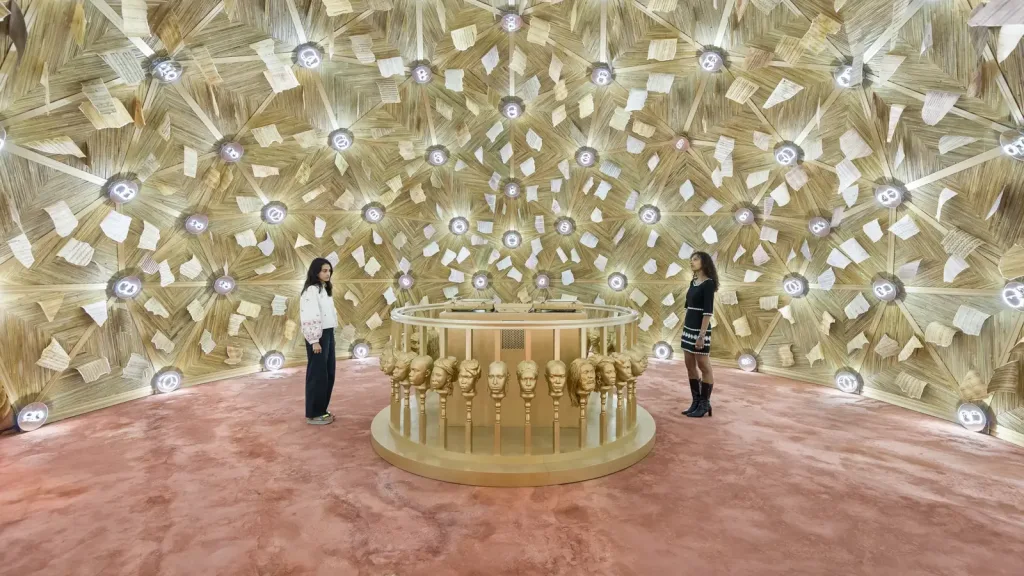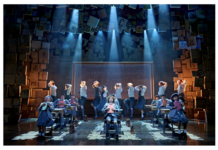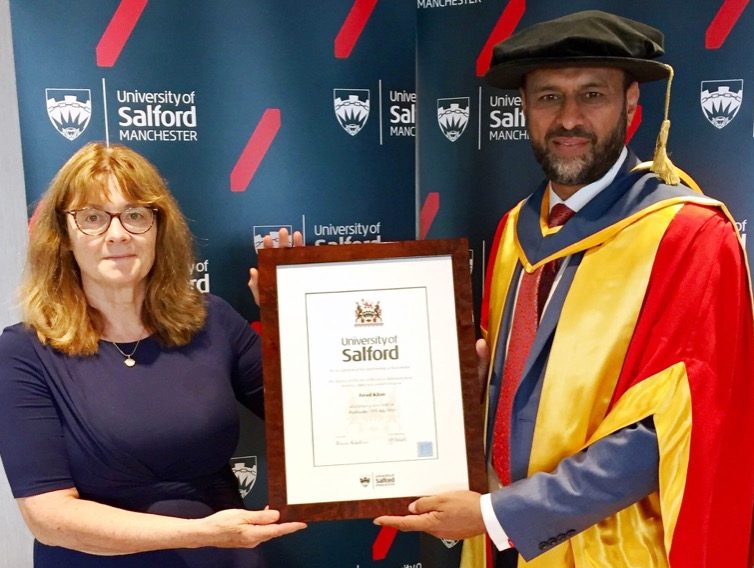
Deep in this alluring exhibition – with its bronze heads and neon figures, dead heroes in clay and gold, tributes to the legends of Black music and history – is a piece of work that is has a quiet but powerful aura that you might just miss it. A ghost of female figure, floating in a glass tank. Or what It is the nervous system that have been kept in glass – a glimpse of an actual human being. Her name is Henrietta Lacks (1920-1951), an African American woman whose cells were illegally harvested by white doctors during cancer treatment without her knowledge.
Tavares Strachan,born in the Bahamas in 1979, and now based in New City is the artist of lost figures and unfinished stories. His exhibition is a beautiful tribute to the first African American astronaut in the US space programme, Robert Henry Lawrence Jr – an image of a spaceman suspended from Earth and looks like he is either flying or falling; based on where you’re standing.
Strachan also pays tribute to Matthew Henson, who can be seen as the first Black explorer to reach the North Pole. Henson appears in aceramic figure, which seems like a cross between an ancient Egyptian priest and terracotta warrior. He has an American football on his head with a spear coming out of it. Passing through 2D collages, he comes up in frosted acrylic on a lightbox but disappears into the whiteness.
Strachan’s vision is so wide, running from the intimate and lyrical to the large-sized installations. They are excessive but powerful. The bronze heads of Marcus Garvey and King Tubby feel as if they’re made by a team. Although Garvey’s SS Yarmouth points towards Africa on a wind-riffled roof-pond outside – the ship was meant to trade between America, the Caribbean and Africa, in an all-Black enterprise – it never makes it from outsize toy into marooned metaphor.
A look into Black history in an exhibition never fails to amaze and wow the viewer as it takes them back to a time (almost) forgotten.
Written by Nura Arooj















